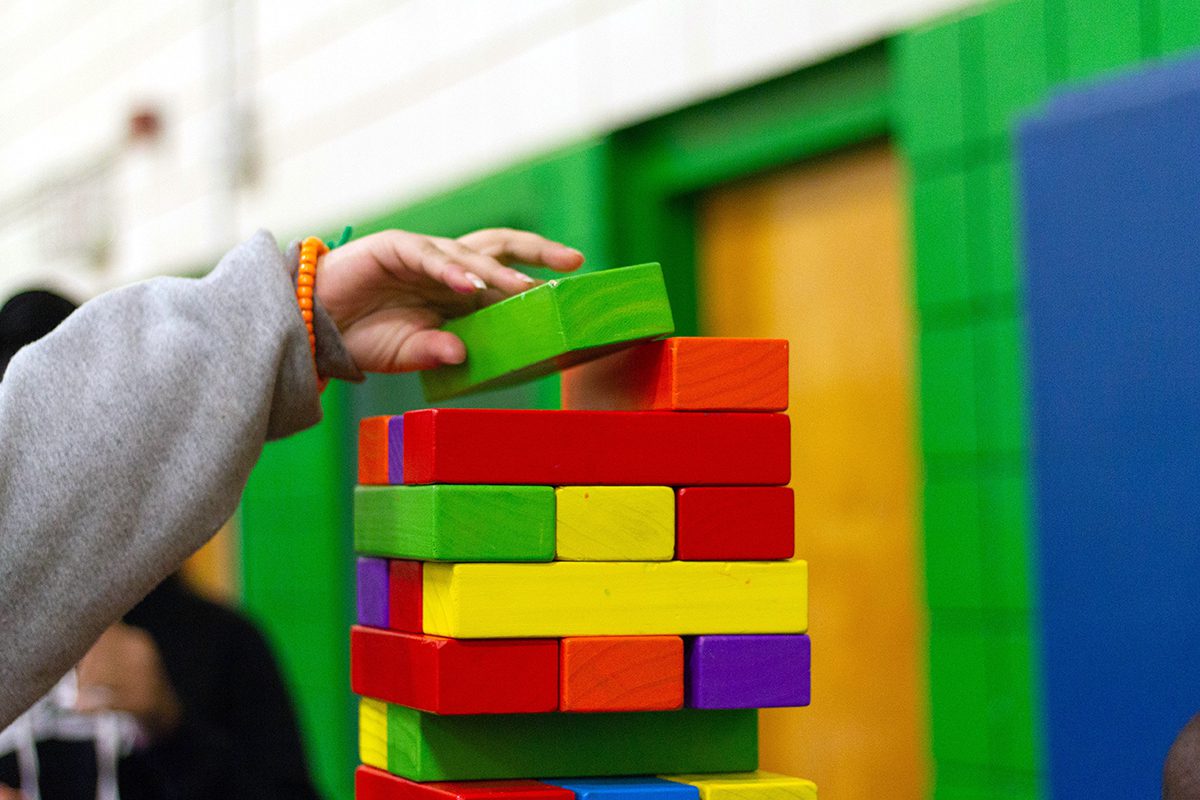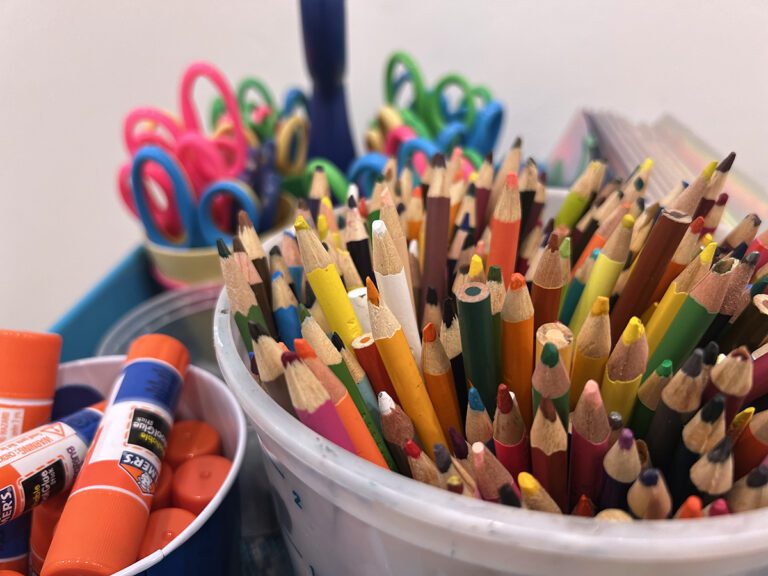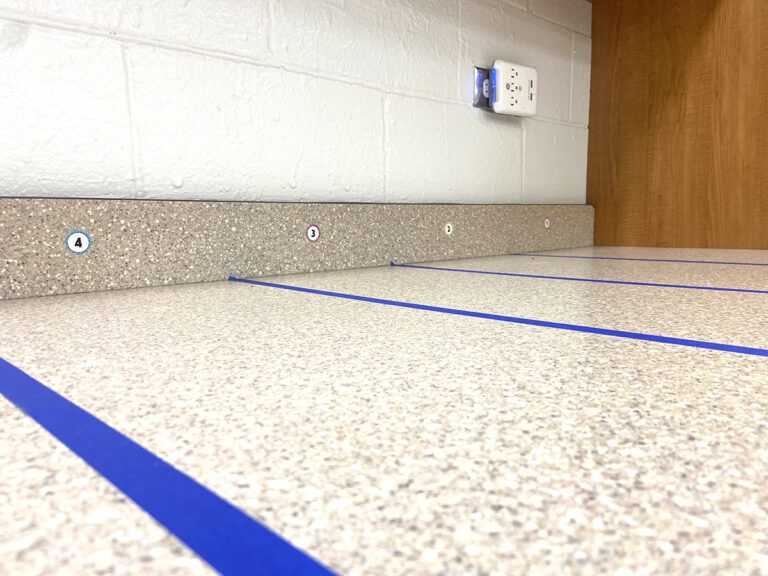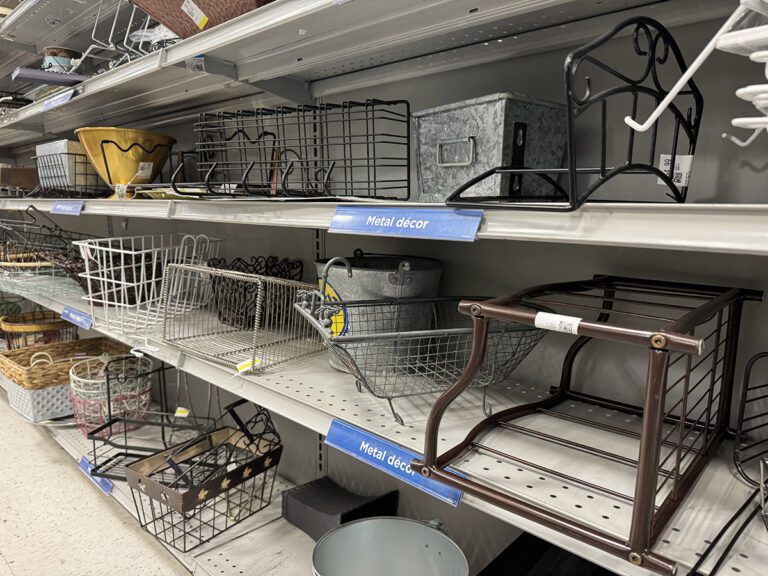Have you ever brought out the clay, paint, or papier-mâché, only to feel frustrated and devastated by students’ lack of respect for the materials? Have you spent hours planning the perfect lesson, only to provide instruction and see glazed-over eyes and confusion? We’ve all been there, and you are not alone!
With strong classroom management, teachers can do their job well, and students can maximize their learning experience. If you are considering revamping your classroom management strategy, keep reading to learn how games can make learning interactive and entertaining! Games also instill key skills like listening, following directions, cooperation, and camaraderie.
Check out these five aspects of classroom management and thirteen games to help you enforce them.

Rules and Procedures
The backbone of classroom management is establishing and enforcing rules and procedures. It helps avoid chaos and keeps students safe, but it also requires constant reinforcement throughout the year.
Check out these two games to encourage students to follow the rules and procedures.
1. Classroom Bingo
One way to reward students for following the rules and procedures is to have a classroom management BINGO game. You can make your own or download one here for free! Laminate it, and every time students follow the correct procedures or go an entire class period without breaking a rule, they get to mark off a spot on the BINGO board. If the class gets BINGO, they get a reward.
If you play BINGO all the time, students will begin to think they don’t have to follow all the rules and procedures—just the ones to get them BINGO! Only pull it out when classes are really struggling. They’ll pay close attention to what rules and procedures are on the BINGO board. It reminds them of what they’re supposed to do without you having to give a lecture. For a different spin on BINGO and other classroom management games, check out the article 6 Exhilarating Classroom Management Games You’ll Want to Play in the Art Room!
2. Jenga
Put a twist on the classic game of Jenga by setting up the wooden block of towers before class. If you notice something to correct, ask a volunteer student to make the correction and then remove one of the wooden blocks. The more corrections, the more blocks to remove, making the tower wobblier! If the tower falls down, students will receive a consequence. There isn’t a more dramatic visualization of a classroom failing to follow the rules and procedures than a whole tower of wooden blocks tumbling down!

Cleanup
Cleanup is a much bigger classroom management issue in the art room than it is for other subjects. The art room has more materials, supplies, and bulky projects. Letting up even a little on cleanup procedures can lead to a messy environment, which can stifle creativity.
Keep your classroom clean with these five cleanup games.
1. Supply Hospital
If you’re nearing the end of the class and something is still dirty, tell the class there is a supply emergency, and it needs to go to the supply hospital. Tell the class you need a doctor to save the supply! It conveys a sense of urgency, and your young “doctors” will rush over to make sure the supply doesn’t go into the supply graveyard.
2. Supply Graveyard
Unfortunately, you may find some supplies are past the point of revival. When paintbrushes aren’t cared for properly, they end up with hard, unusable bristles. Erasers fall victim to scissors, or markers get their tips smashed onto the tables. These supplies go to the supply graveyard. What happens when you add a supply to the graveyard is up to you! Students may lose access to certain supplies for a designated period of time or get extra cleanup time added to the end of class.
The supply graveyard can be a regular trash can, but it’s more effective to have a designated bucket. It gives students a constant visual reminder of what happens when they don’t take care of supplies. If you discover broken supplies after class, you can add them to the supply graveyard so students see them when they come to the next class.
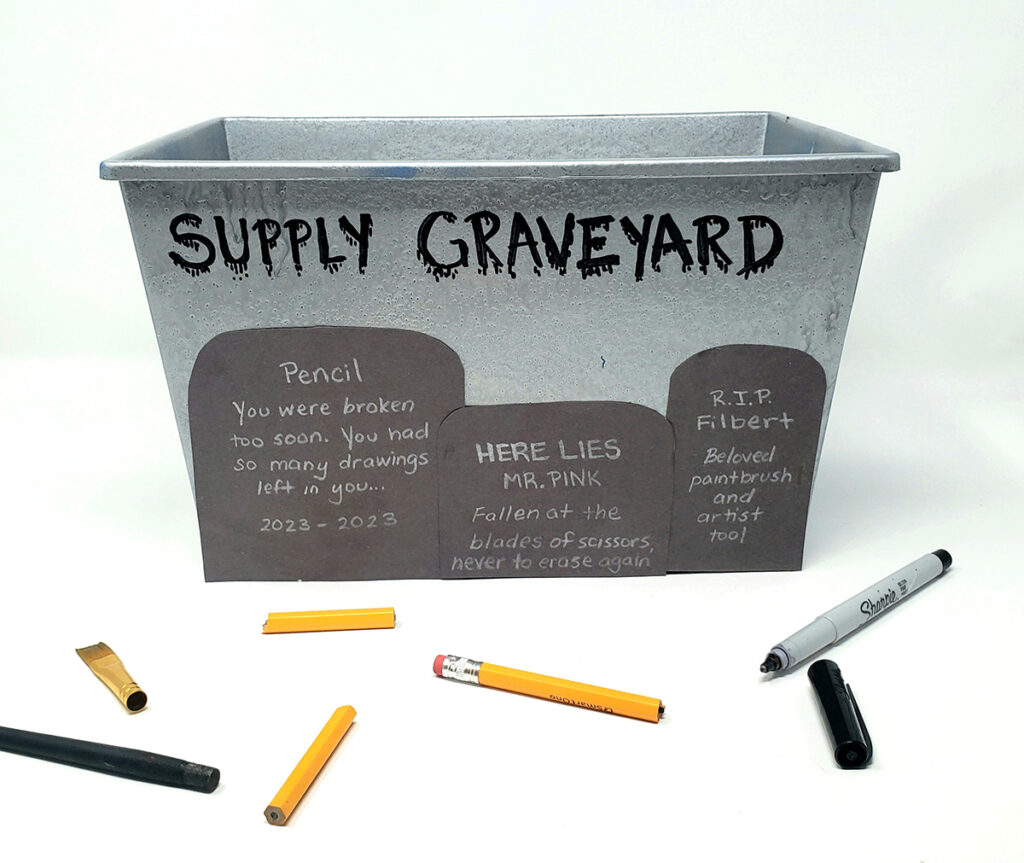
3. Trash Toss
Trash toss is simple, requires no prep, and is bound to get students scouring the room for trash to collect. Students collect all the trash onto one table during cleanup time. If they finish all the other cleanup duties with time to spare, they get to take turns using the trash as basketballs to shoot them into the trash can. Up the stakes by rewarding students for making a certain amount of “baskets,” or let the game itself be the reward!
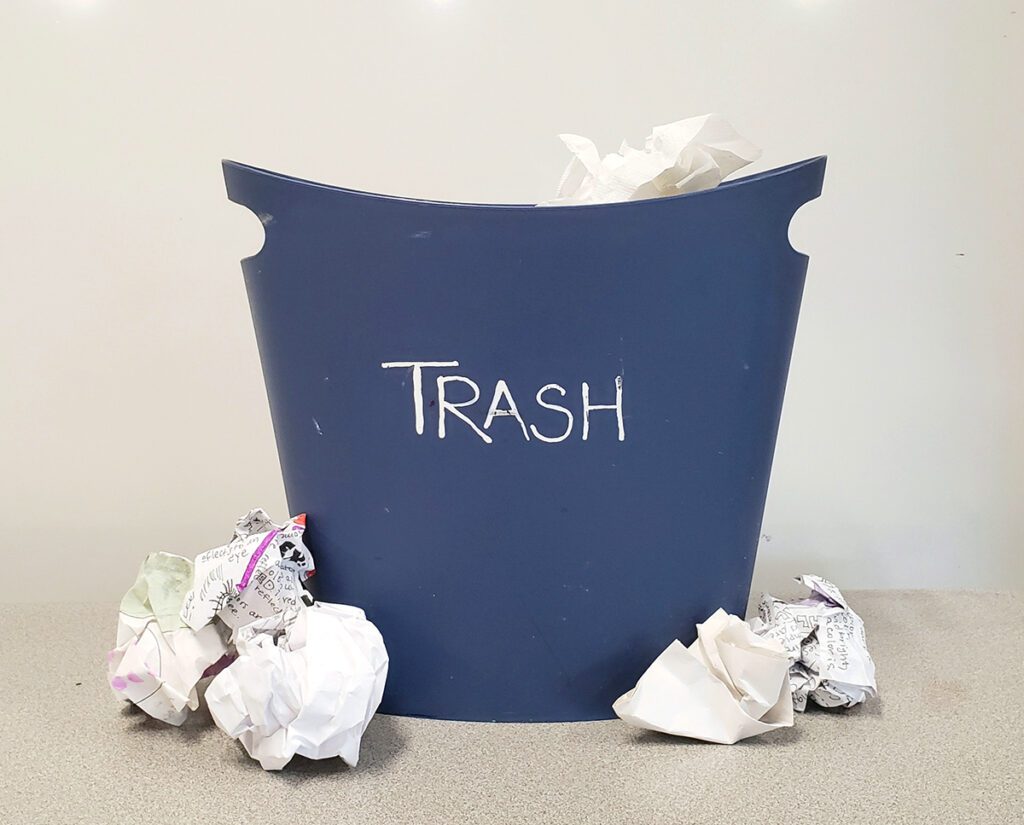
4. Recycled Airplanes
Similar to Trash Toss, students make paper airplanes out of recyclable trash. If they can fly their plane into the recycling bin, they win! A bonus is that this game teaches basic origami folding skills.
5. Power Tool Time
This one isn’t a game, but it does get students excited to clean! If you have a power drill, invest in a wire attachment tool. Be sure to review safety procedures before giving your students power tools. When your concrete floors or laminate countertops have dried paint or glue on them, students can remove them using the drill. Getting to use a drill makes students feel trusted and excited to clean. Warning: You may have students arguing over who gets to clean with the drill first!
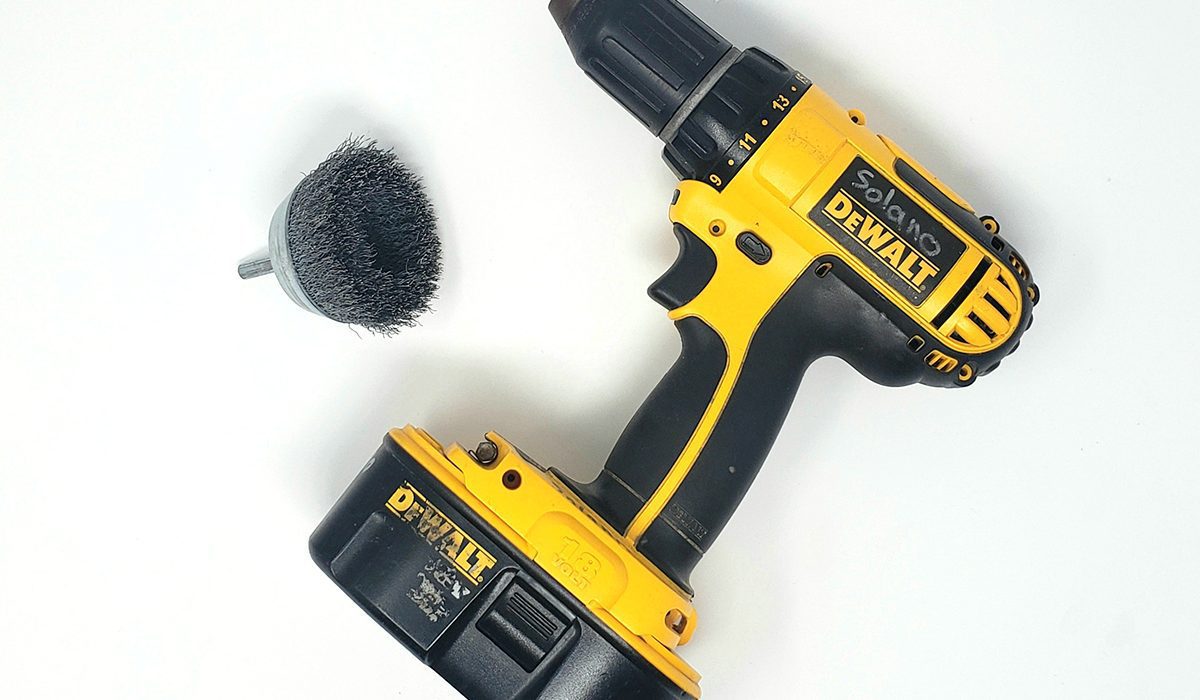
Organization
You’ve spent hours carefully labeling your cabinets with the names and pictures of everything they contain. Surely it will be enough to keep your students from asking where supplies are and putting them back in the wrong places, right? All veteran teachers know the answer is “no.”
When you notice your perfectly organized classroom starting to devolve into disarray, try these two games to get things back on track.
1. Supply Scavenger Hunt
Students work individually or in small groups to find a list of commonly asked-for items. The first team to bring all the supplies back to their desk wins! Part two of the game includes having students practice putting all of the scavenger hunt items back where they belong. If students have electronic devices, snap a picture of the supply when they put it back in its place. This way, you can track each team and keep them accountable. The first team to put everything back correctly wins!
2. Hot Potato Classroom Organization
To reinforce classroom organization, create a simple drawing of your classroom and a list of commonly used supplies. Make sure the supply list is long and comprehensive so it doesn’t run out before the game ends. Divide students into small groups and set a one-minute timer. The group members take turns passing the list around. Each person labels one supply in the correct place on the drawing. Eliminate the person with the paper when the timer goes off. Play enough rounds to eliminate everyone except one person. The last person becomes the winner!
Team Building and Collaboration
The more collaborative projects you incorporate into your classroom, the more students will get to know one another. Incorporate small challenges throughout the year to ensure that students get to work with students outside of their friend group.
Here are two games to encourage team building in your classroom.
1. Fast Fashion
Students make a wearable piece of fashion using designated leftover materials in 15 minutes or less. It’s a great way to use leftover supplies if there aren’t enough for a full project. Dedicate the rest of the class period to a fashion show to show off the students’ creations. Have guest judges view the fashion show and vote for their favorite pieces. It’s not just a fun, collaborative game; it also helps free up space by getting rid of excess material and clutter.
2. Peer Directed Drawings
Peer Directed Drawings always get students laughing while working on communication skills! Divide the students into pairs. Give one student from each pair a sheet of paper with a simple line drawing. Remind them to make sure they don’t let their partner see what’s on the paper. Give the other students a blank paper and a pencil. The students with the line drawings guide their partners in replicating what’s on their paper. They aren’t allowed to tell their partner what the drawing is or give them any hints; they can only tell them how to move their pencil. The pair with the drawing most similar to the original wins the game!
For example, if the drawing is a simple flower, the student can give directions like these: “Start in the middle of the paper’s bottom edge. Make a line about two inches long going up toward the middle of the paper. Draw a circle on top of the line. Draw five ovals onto the outside of the circle.”
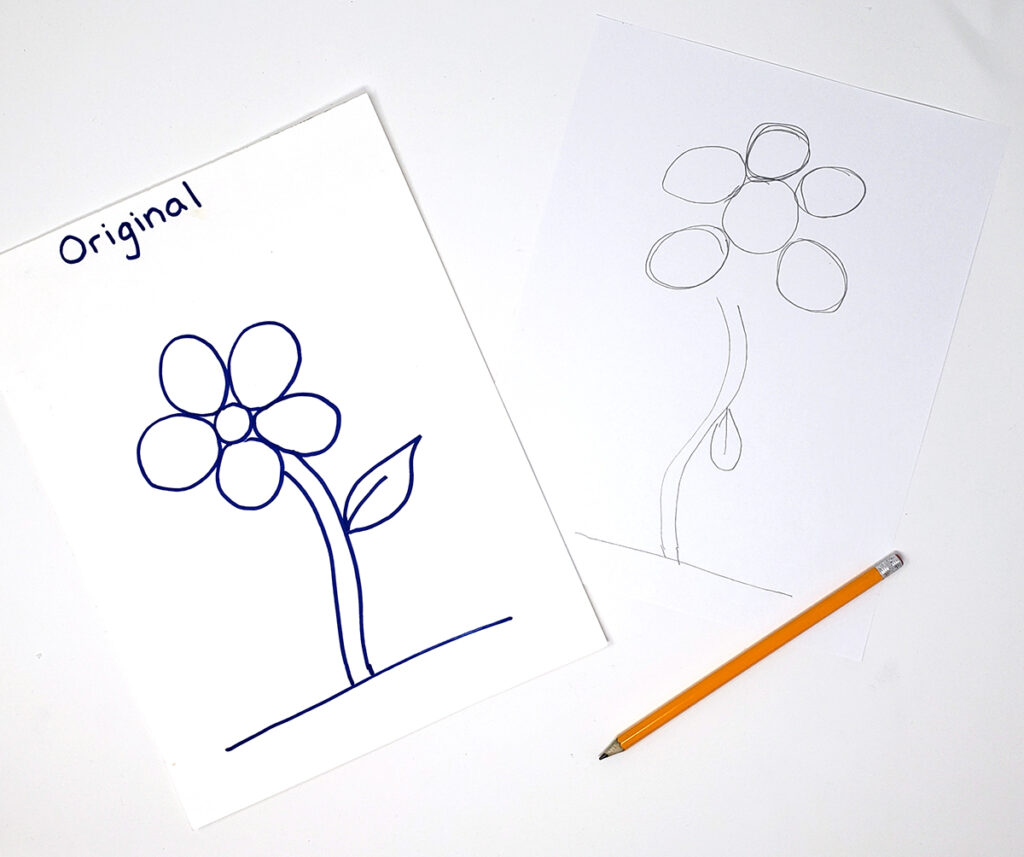
Motivation
There are times when students don’t want to do what they’re supposed to. If students are giving you a lot of pushback, let them play a game to determine if they have to do the task. Even if they lose and have to do what you ask them to do, they’ll be less resistant because you gave them an “out.”
Save these two games for occasions when students are highly unmotivated.
1. Punch-A-Cup
Buy cheap or disposable cups. In all of the cups except one, put a piece of paper saying, “teacher wins.” In the one remaining cup, put a piece of paper saying, “students win.” Cover each cup with wax paper and secure it with a rubber band. Place the cups in the drilled holes.
Now comes the part where students have to earn “punches.” Ask them questions about what you’ve taught so far, or drill them on classroom rules and procedures. For each answer they get correct, they get a “punch.” One student gets to select a cup and punch through the wax paper. They get to keep playing until they run out of punches or until they get the cup containing the “students win” paper. Even if the students win, you also win because you snuck in a review game!
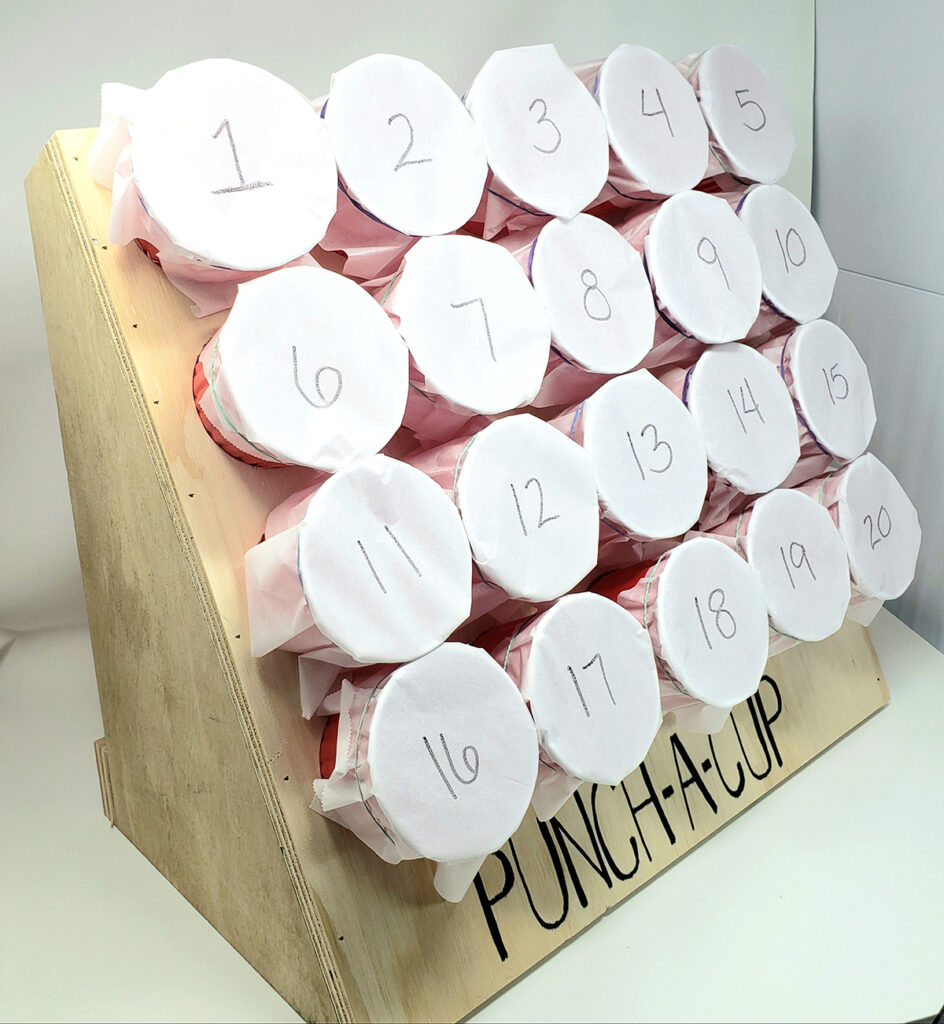
2. The Dice Decides
You can simplify the premise of Punch-A-Cup by using dice. Again, quiz the students on what you recently taught them. For each right answer, they earn a roll of the dice. Before rolling, the class determines the winning number. If the dice land on their choice, they get out of the task!

Rewards
Games imply winners, and winning implies a reward. Manage student expectations by telling them upfront what they are playing for. Sometimes, playing the game is a reward in itself, and other times, students need to know they are playing for bragging rights. Don’t pressure yourself to create grand prizes or buy the rewards out of pocket. Keep it simple, and remember that you are incorporating games to make classroom management fun, not because you have to bribe your students to do the right thing! If you want more advice on implementing games in the art room, check out the Games in the Art Room Pack in PRO Learning.

A solid classroom management plan is one of the keys to success as an art teacher. It can be easy to fall into a rut of enforcing the plan through lectures. However, don’t write classroom management off as something to dread! There are plenty of games to play to keep the art room fun and entertaining for both you and your students. There are even games specifically designed for those moments of low student motivation. Give these games a try and witness the positive effects of your new classroom management approach!
Do you play classroom management games with your students?
What are your favorite ways to make classroom management fun?
Magazine articles and podcasts are opinions of professional education contributors and do not necessarily represent the position of the Art of Education University (AOEU) or its academic offerings. Contributors use terms in the way they are most often talked about in the scope of their educational experiences.
